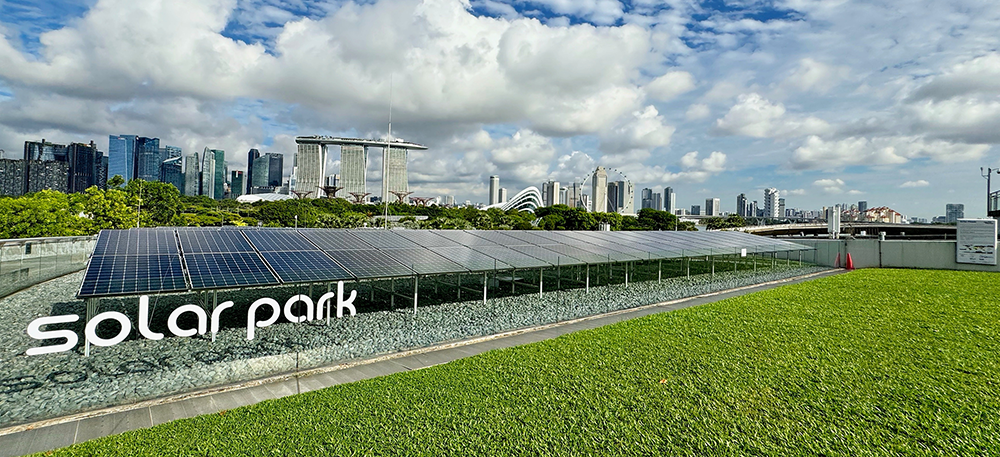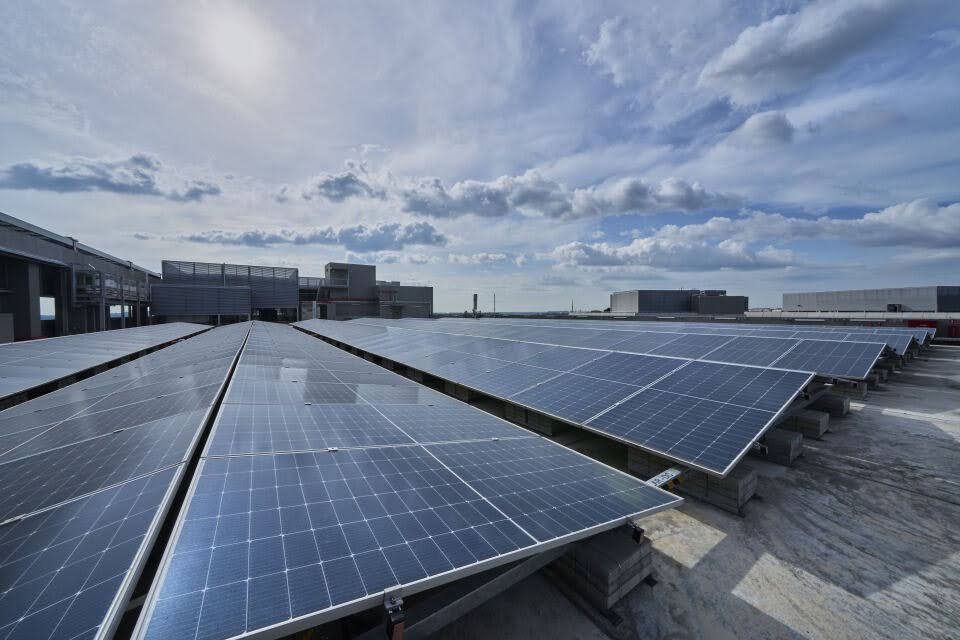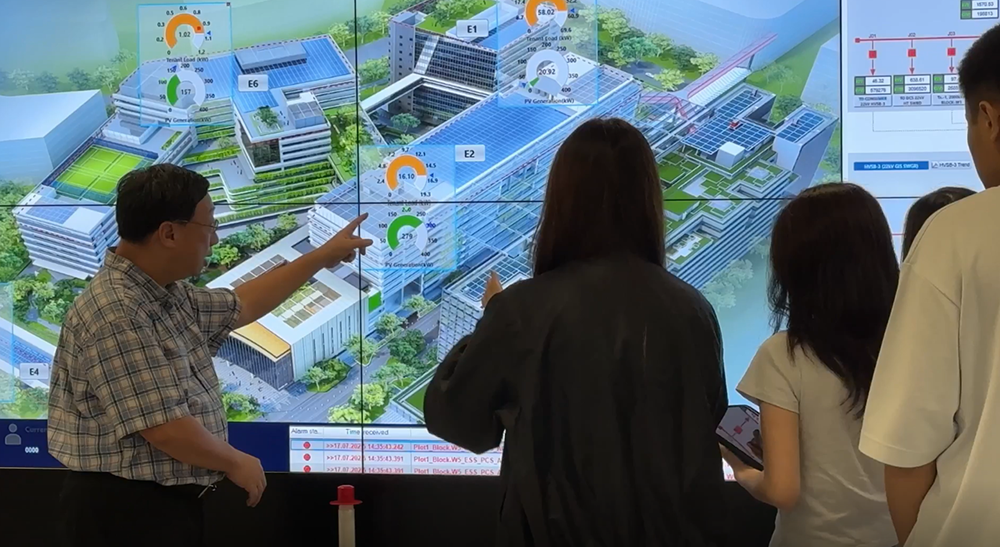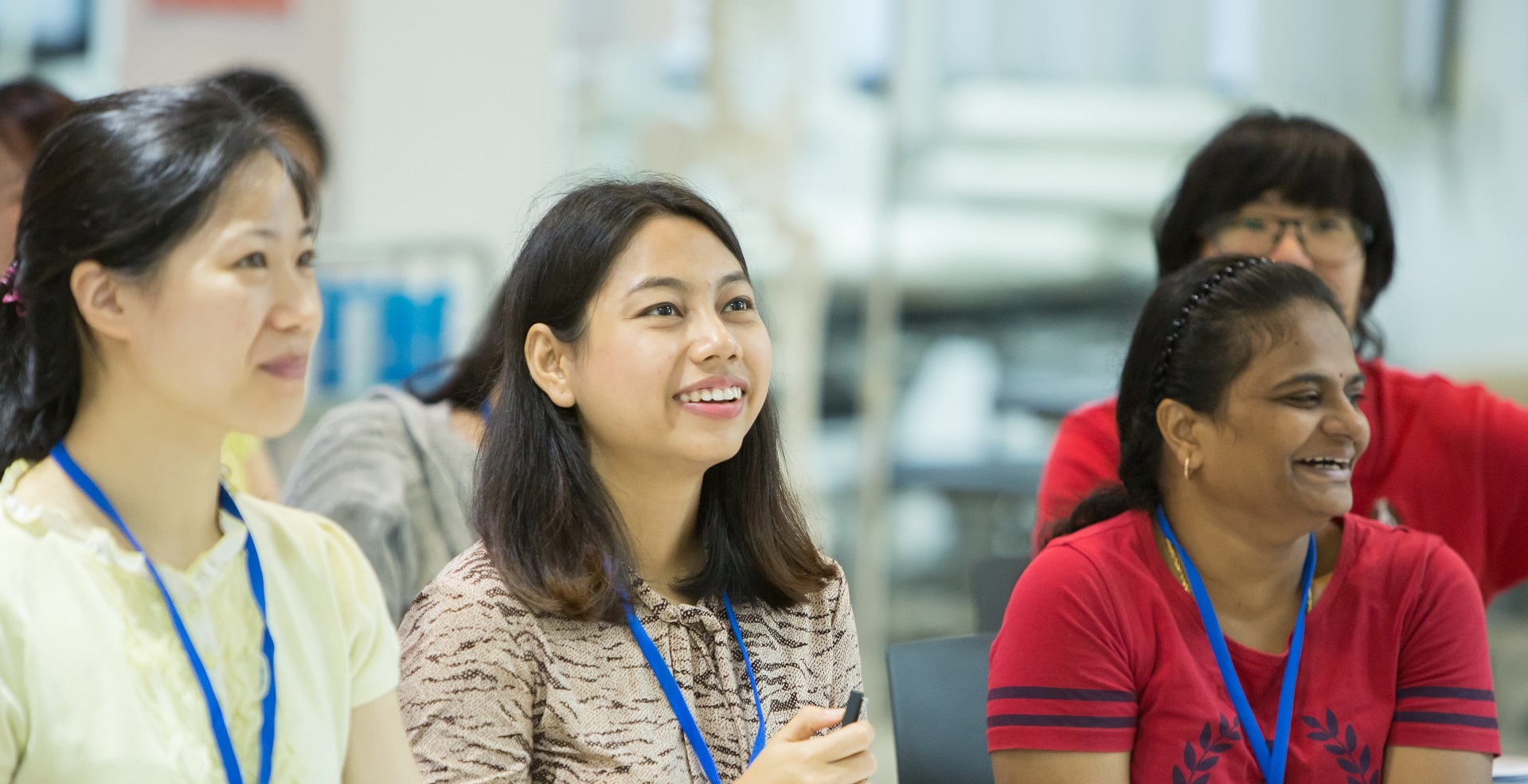District Cooling and Smart Grids: Building a Greener, Cooler Singapore
From smarter air-conditioning systems that work with nature to AI-powered microgrids that stabilise solar energy, SIT researchers are reimagining how Singapore stays powered and comfortable.
Sustainability, AI and Machine Learning, Energy Efficiency, Chemical Engineering, Mechanical Engineering, Electrical Engineering, Building Services

How much energy does it take to power a home? Now imagine the bill to power an entire neighbourhood or city.
As Singapore pushes to transform its energy sector, scientists and engineers are discovering innovative ways to cool our spaces and while the lights on without sending costs or emissions soaring.
Keeping it Cool in Singapore Without the Carbon Cost

Air-conditioning, which accounts for roughly one-fifth of national emissions from is homes and buildings, remains one of the largest drivers of electrical consumption in Singapore. With warmer weather on most days in a calendar year in this tropical island, Singaporeans’ reliance on air conditioning to stay cool is expected to increase. The challenge lies in finding ways to cool the nation without compromising our carbon footprint.
At the Singapore Institute of Technology (SIT), researchers have developed a Passive Displacement Cooling (PDC) system that works with nature, not against it. Rather than relying on energy-intensive fans to circulate cool air around, PDC harnesses the natural flow of warm air rising and cool air sinking. The result? Comfortable spaces, without the added costs of higher electricity bills.
While this approach starts off with an office or classroom today, it has the potential to be scaled across entire districts in the future. This approach could mean lower costs for businesses and families while reducing the carbon footprint for Singapore.
Smarter Energy with Steadier Bills
While hotter days drive up demand for cooling, they also present a greater opportunity for Singapore to integrate solar power into its energy mix. But what happens when the clouds roll in? Solar power can also be prone to disruptions, due to the natural fluctuations in sunlight throughout the day. As Singapore’s weather becomes more unpredictable with climate change, the challenge lies in ensuring a steady supply of electricity even in adverse weather conditions. The solution? Smart microgrids.
When connected to a central grid, microgrids utilise Energy Management Systems (EMS) to regulate energy storage, releasing and conserving energy on demand. Researchers at SIT have taken this a step further by creating a smart EMS capable of coordinating multiple microgrids simultaneously. Using artificial intelligence, the system is able to predict demand and solar output, allowing for efficient balancing in the discharge electricity. For the average consumer, this translates to steadier electricity prices, fewer disruptions and a cleaner, more resilient energy mix that supports Singapore’s transition to a nett zero future by 2030.

Turning Innovation to Real World Impact

SIT’s work in district cooling and smart energy management demonstrates how research can move beyond theory into tangible solutions that benefit everyday life – whether its through cooler homes or lower utility bills.
As Singapore’s University for the Industry, SIT is at the forefront of applied learning, equipping students and professionals with the skills to address today’s energy challenges.
In a rapidly evolving business landscape, businesses of today need leaders who not only understand the science, but also have the strategic vision and practical know-how to deploy it at scale.
Through SIT’s applied research, SITLEARN’s applied learning programmes, and with our very own District Cooling System right here on our SIT Punggol Campus, industry leaders and professionals gain real-world, hands-on experience critical in driving the global transition towards net-zero emissions and meeting the demands of an increasingly sustainable future.
Discover SITLEARN courses that equip you to design and deliver sustainable solutions, from leading projects in sustainable cooling to managing smart energy systems for a greener city.

About SITLEARN




